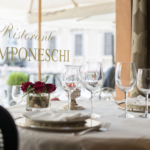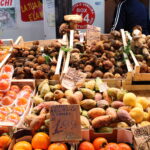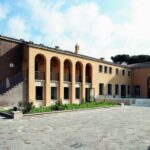PIAZZA DI SPAGNA
The steps were immortalized and consecrated in the public memory by Audrey Hepburn, but have a long history in arts and literature. The area above the scalinata is central in Gabriele D’Annunzio’s “Pleasure”, an intense depiction of fin de siècle Roman decadence. A refined atmosphere still lingers in the exclusive neighborhood which is the focal point for designer shopping and culinary experiences.
POINTS OF INTEREST
Piazza Di Spagna
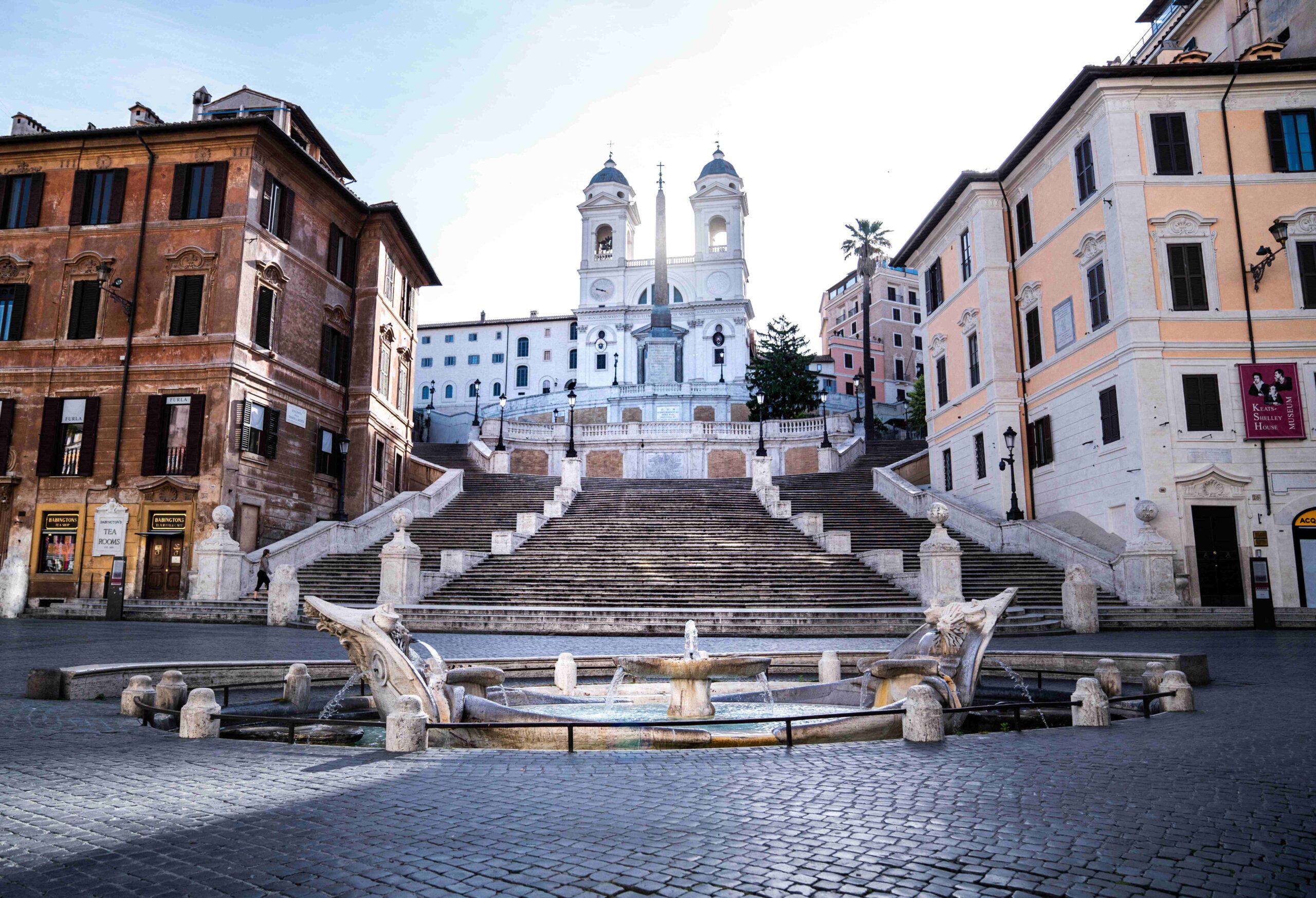
A magnificent example of Italian Baroque style, Piazza di Spagna and its “Scalina Spagna” is one of the most-visited and renowned squares in Rome.
The name comes from the Palazzo di Spagna, the seat of the Spanish Embassy for the Vatican, located on this square since the XVII century.
The Piazza is near the high streets Via dei Condotti, Via Frattina and Via del Babuino, where you can see several impressive XVII and XVIII century villas.
If you walk down Via del Babuino, you’ll arrive at Piazza del Popolo. In the center of the square you can see the Flaminio Obelisk, one of the tallest obelisks in Rome, which was housed in the Circus Maximus.
To get some of the best views of Rome, climb the steps from Piazza del Popolo to the top of the Pincian Hill.
The Spanish Steps were built at the beginning of the XVIII century and connect Piazza di Spagna to the Church of Trinità dei Monti. The staircase is a favorite spot among tourists to sit, relax and enjoy the views of the Piazza.
At the center of the Piazza there is the Fontana della Barcaccia (Fountain of the ugly boat), which was designed by Pietro and Gian Lorenzo Bernini, finished in 1627 and placed by Pope Urban III right there.
Keats-Shelley House
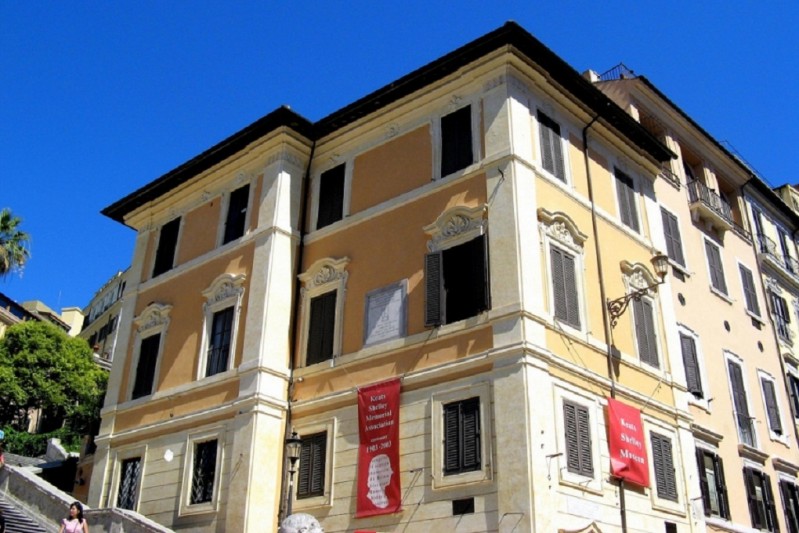
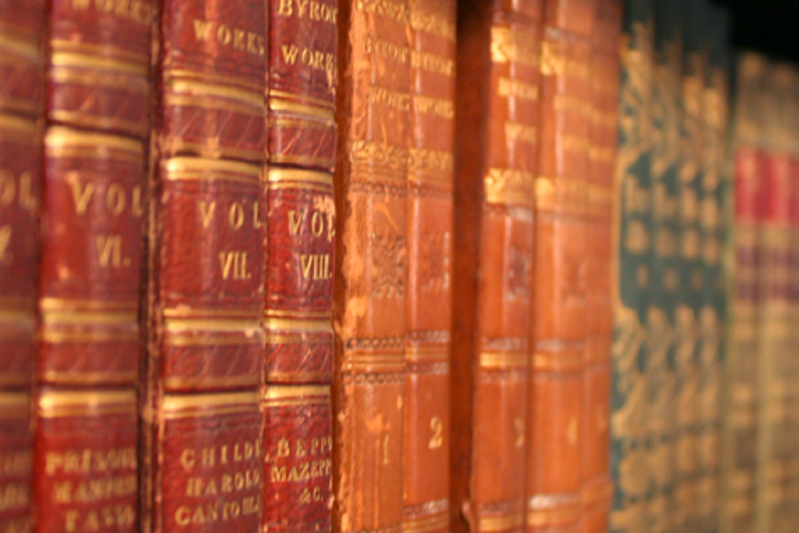
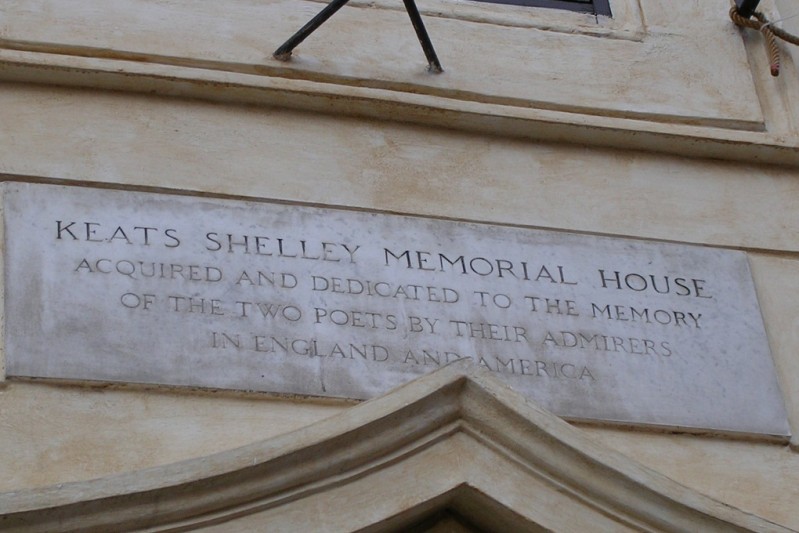
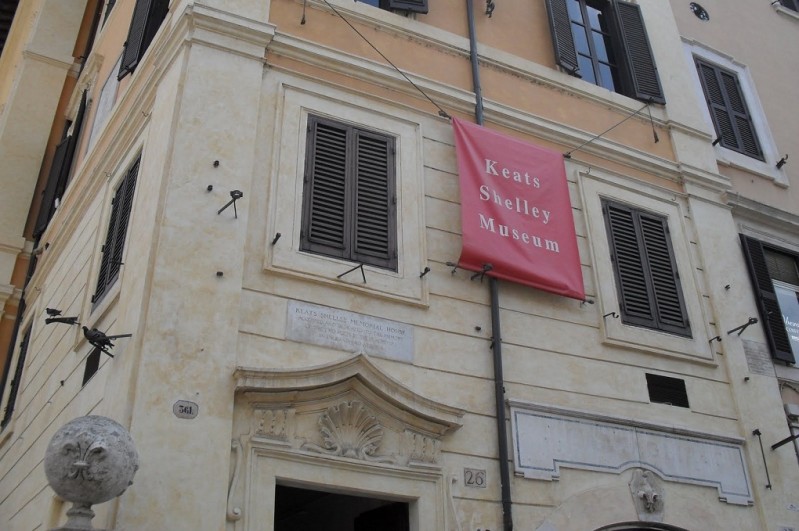
Rome has always attracted a myriad of artists, writers and other flaneurs prone to poetic profusions and able to grasp the essence of life. Especially during Romanticism, Rome saw an increase in cultural tourists desiring to experience the atmosphere of the fallen center of the Roman Empire.
The Keats-Shelley House in Rome was the last home of English romanticist poet John Keats, who died here at the young age of 25. The house is located right next to the Spanish steps, and had fallen to ruin despite its exclusive location, by the beginning of the 20th century. After a generous funding campaign organized by English poet Rennell Rodd, the house became a museum in 1909, slowly expanding its collection of Romanticist memorabilia and literature to become the most important point of reference for studying the literary period.
The building bears the name of both Keats and his friend and devotee Percy Bysshe Shelley, who lived with him in Rome. In fact, the museum includes many personal objects and coveted manuscripts of Shelley (both Percy and his wife Mary), Lord Byron, Oscar Wilde, and many more.
The atmosphere of the house is peculiar, the melancholy of Keat’s beauty lingers, yet the beauty of the memory of the flourishing period of English poetry overwhelms the visitors, permeating the velvet curtains and historic furnishing.The library is the heart piece of the House, including over 8000 volumes of Romantic literature, a unique haven.
Keats-Shelley house
Address: Piazza di Spagna 26
Metro: Spagna
Phone: 06-68805880
Open: Mon-Sat: 10am-1pm / 2pm-6pm
Website: www.keats-shelley-house.org

